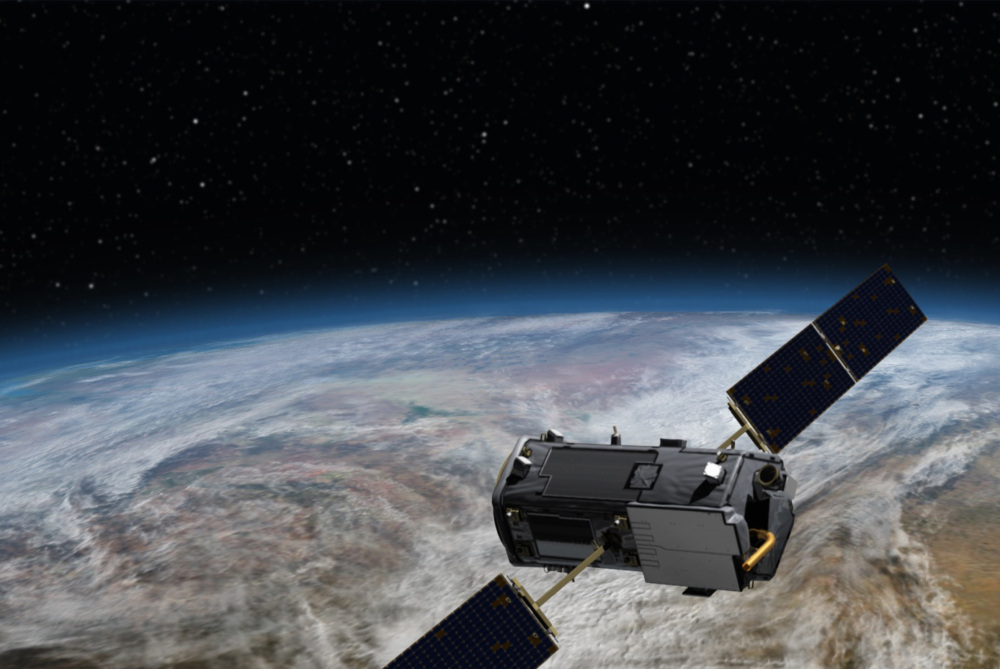
Page Stoutland, Ph.D.
Consultant, Scientific and Technical Affairs
Emerging technologies present risks and opportunities for ensuring the safety and security of the U.S. nuclear arsenal as it is modernized. Upgrading aging systems can call for digitizing or incorporating automation into the nuclear triad and command-and-control systems, but modern technologies can also introduce new risks.
Investigate how digital and automation technologies will be incorporated into nuclear weapons and related systems and the practices in place to ensure cybersecurity and AI safety. Understand the policy implications of the risk-reward balance.
Recommendations to help technical experts, government officials, and policymakers achieve the improved benefits of nuclear modernization while minimizing risks, recognizing that it is essential to ensure the safety, security, and reliability of U.S. nuclear weapons and related systems for as long as we have them.
For as long as we have nuclear weapons, the United States must ensure they are safe, secure, and reliable. A drive to modernize the U.S. nuclear arsenal is underway, including upgrades to weapons, delivery systems, and the command-and-control infrastructure that allows communication throughout the chain of command and with decision-makers.
NTI is undertaking a review to determine the degree to which digital, automated, or autonomous systems are projected to be incorporated into nuclear weapons and related systems in order to support an informed understanding and debate on the risks and benefits of introducing such new technologies. The implications are significant: If not done with care, the benefits of increasing reliance on modern, digital systems will not be realized and the risks of reduced safety, security, and reliability of the U.S. nuclear deterrent could be considerable.
In addition to the lifespan issues and age of the nuclear arsenal, new threats to nuclear command, control and communications systems—not present during the Cold War when the systems were developed—have emerged, causing concern among leaders about digital security, reliance, and trust in the technologies embedded in the nuclear weapons systems. Integrating new technologies with old is a perpetual engineering challenge, but in the context of the U.S. nuclear arsenal, one with significant implications.
NTI’s research and analysis is focused on the interaction and integration issues raised by the introduction of emerging technologies in the nuclear modernization effort, with the goal of making recommendations for U.S. policy and practices.
This project is made possible through generous funding from the Smith Richardson Foundation.
Erin Dumbacher, senior program officer of NTI’s Scientific and Technical Affairs Program, and Lynn Rusten, vice president of NTI’s Global Nuclear Policy Program, call attention to the cyber risks inherent in nuclear weapons systems and modernization efforts in a recent article published by The National Interest, “Nuclear Weapons Must Be Safe from Cyber Threats.”
NTI explores the risks and benefits related to the digitization and automation plans for modernization of U.S. nuclear weapons systems and addresses implications for the national security community to consider as the process moves forward.
The new interactive by Jeffrey A. Lewis of CNS examines the difficult choices that must be made about the comprehensive nuclear modernization program.
NTI President Joan Rohlfing discussed U.S. policy towards nuclear modernization and the costs and benefits of developing new nuclear weapons




